Many Canadians feel uncomfortable and hesitant driving in winter because the roads can be slippery or more dangerous compared to warmer months. That’s why it is important to prepare your car for winter, or if your budget allows it, buy a new vehicle that performs better in the snow.
In this article, we will highlight some of the best cars for the Canadian winter and what you should consider before you buy one. We will also give you our thoughts and recommendations regarding the best trucks, SUVs, and sedans, and we will comment on their safety, reviews, and good performance during winter.
What Are The Best Cars For Canadian Winter Driving?
Below is the list of the best cars for winter driving in Canada.
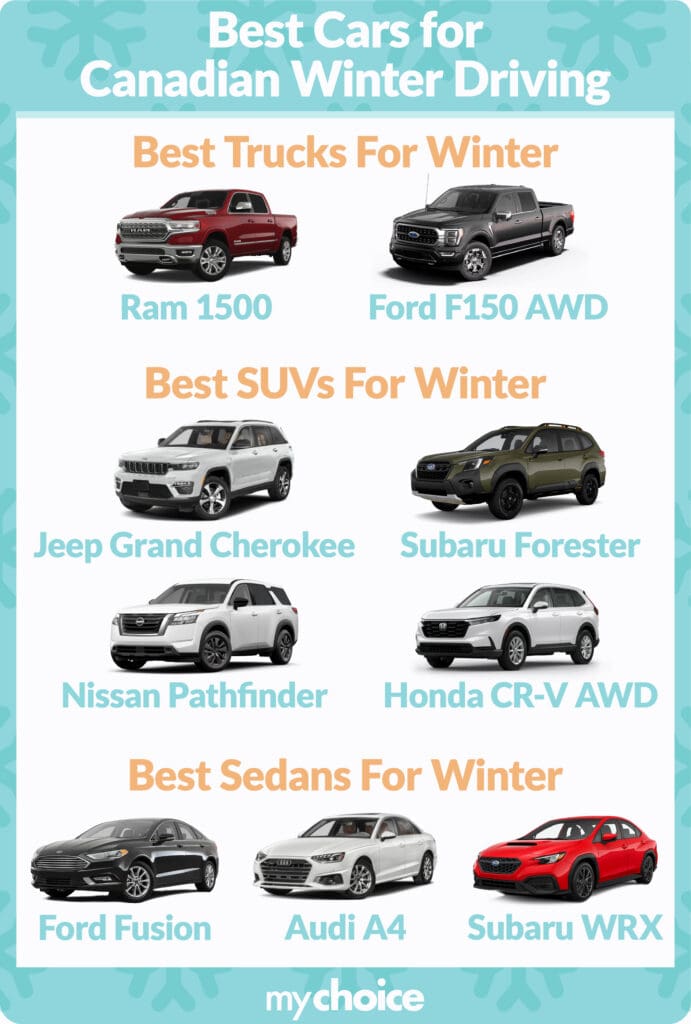
Best Trucks For Winter
Trucks are a great choice for driving during winter. Thanks to their big size, you can travel with heavy loads like firewood or snow-removal equipment. Additionally, most trucks have impressive hauling capabilities, allowing you to tow travel trailers or even a snowmobile. Driving a truck can be considered one of the safer options in winter, and modern trucks’ generous size allows them to cross over enormous snowbanks or slush-covered potholes easily. Below are our top picks:
Ram 1500
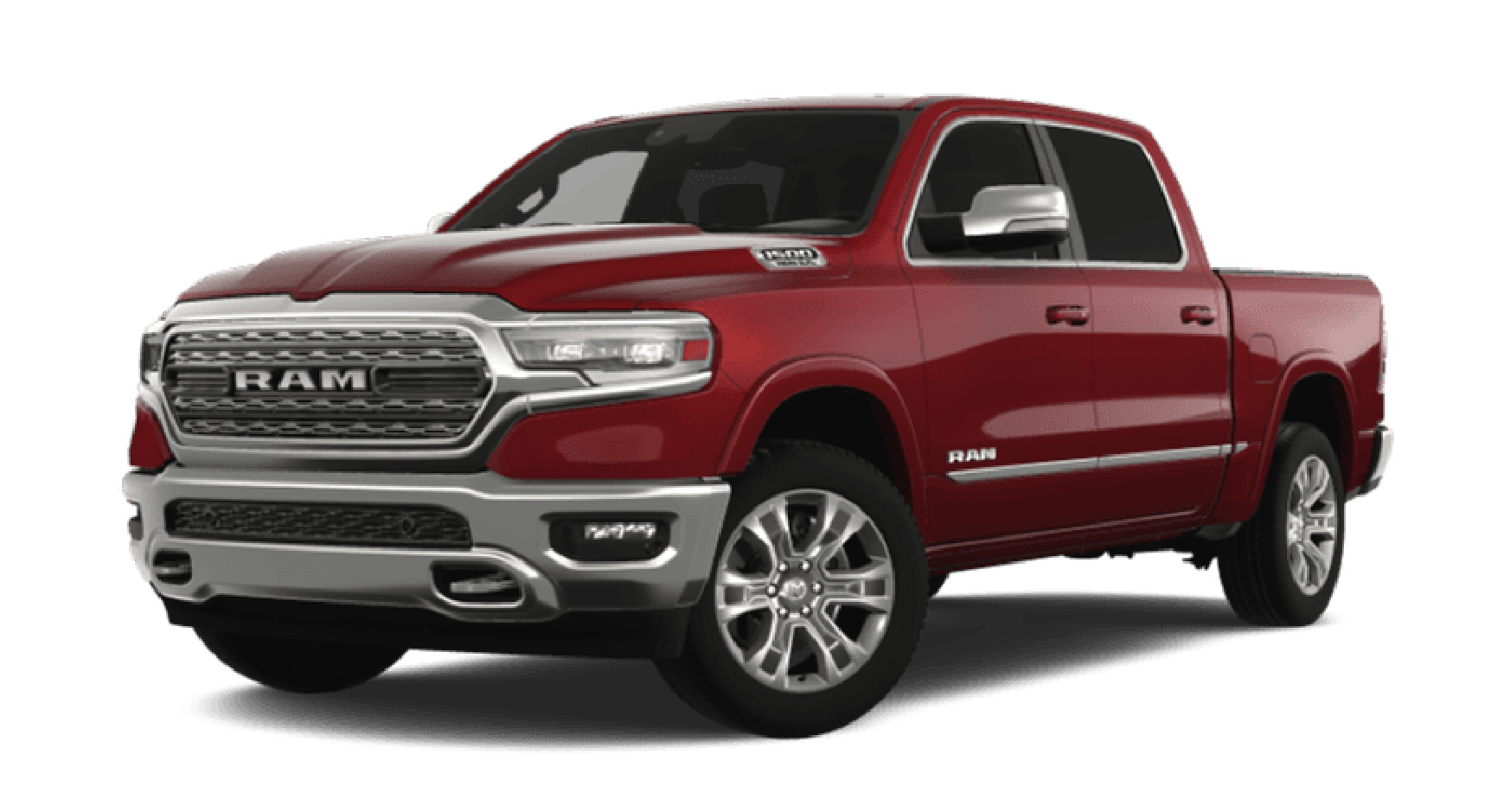
FORD F150AWD
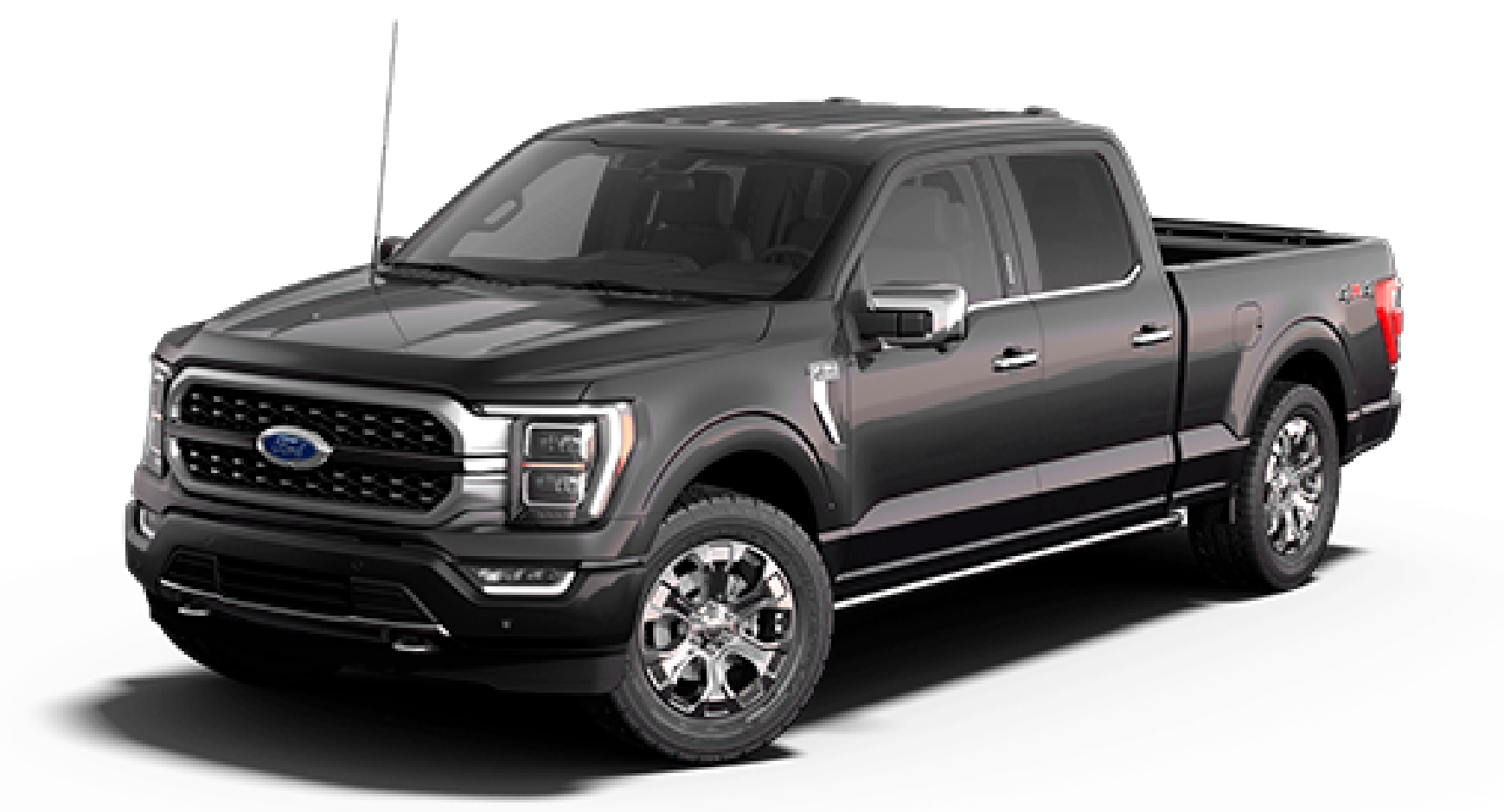
View our list of the cheapest trucks to insure in Ontario.
Best SUVs For Winter
SUVs are also a popular choice in the winter as they usually come with the best winter tire brands in Canada. They will most likely have four-wheel drive or all-wheel drive to get out of those annoying snowbanks, maintain control on icy roads or deal with pretty much anything thrown their way. Also, many drivers prefer SUVs because they have various modern safety features that are ideal for winter driving. Below are some of the best SUVs for Canadian winters:
Jeep Grand Cherokee
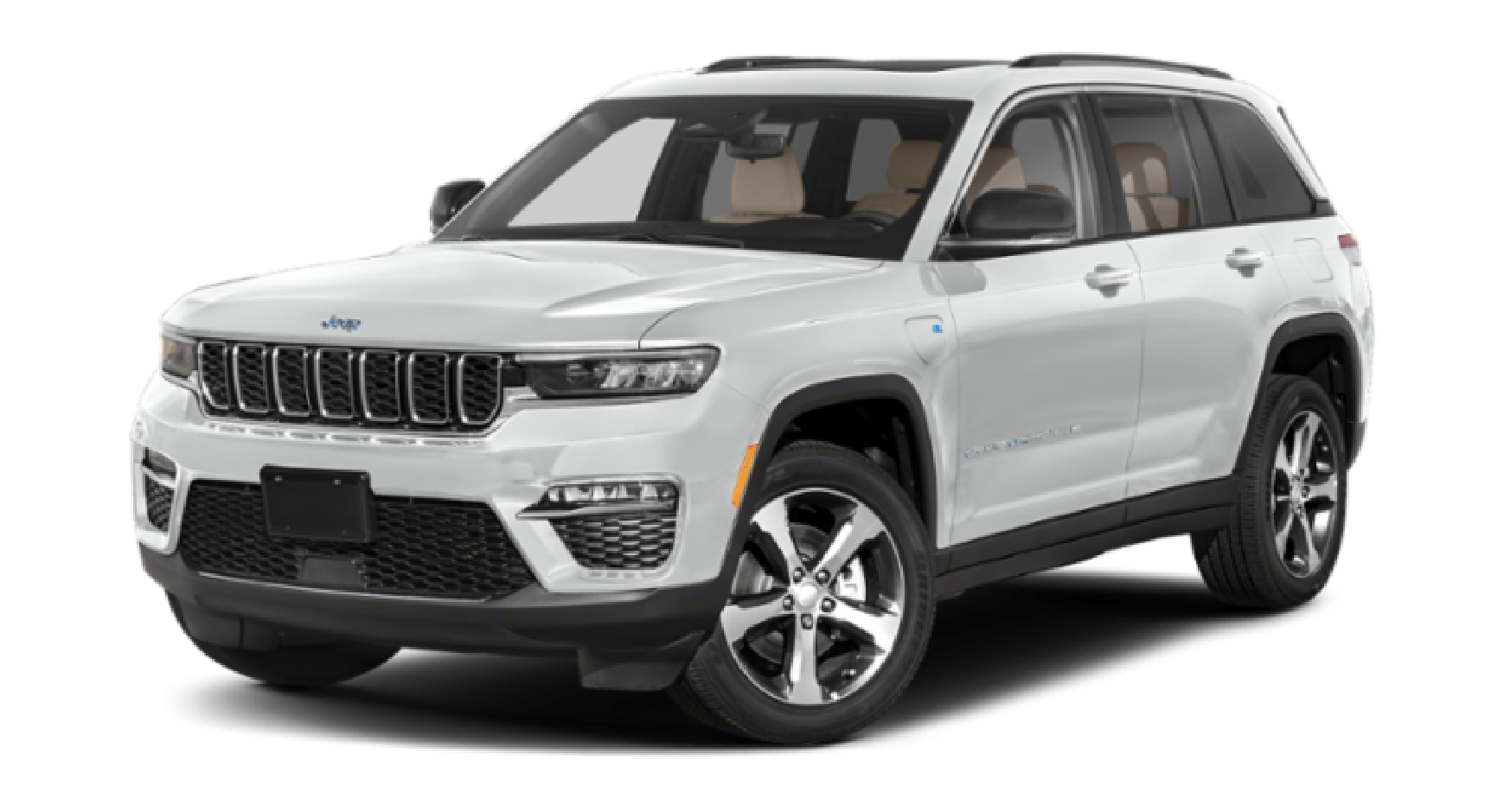
Nissan Pathfinder
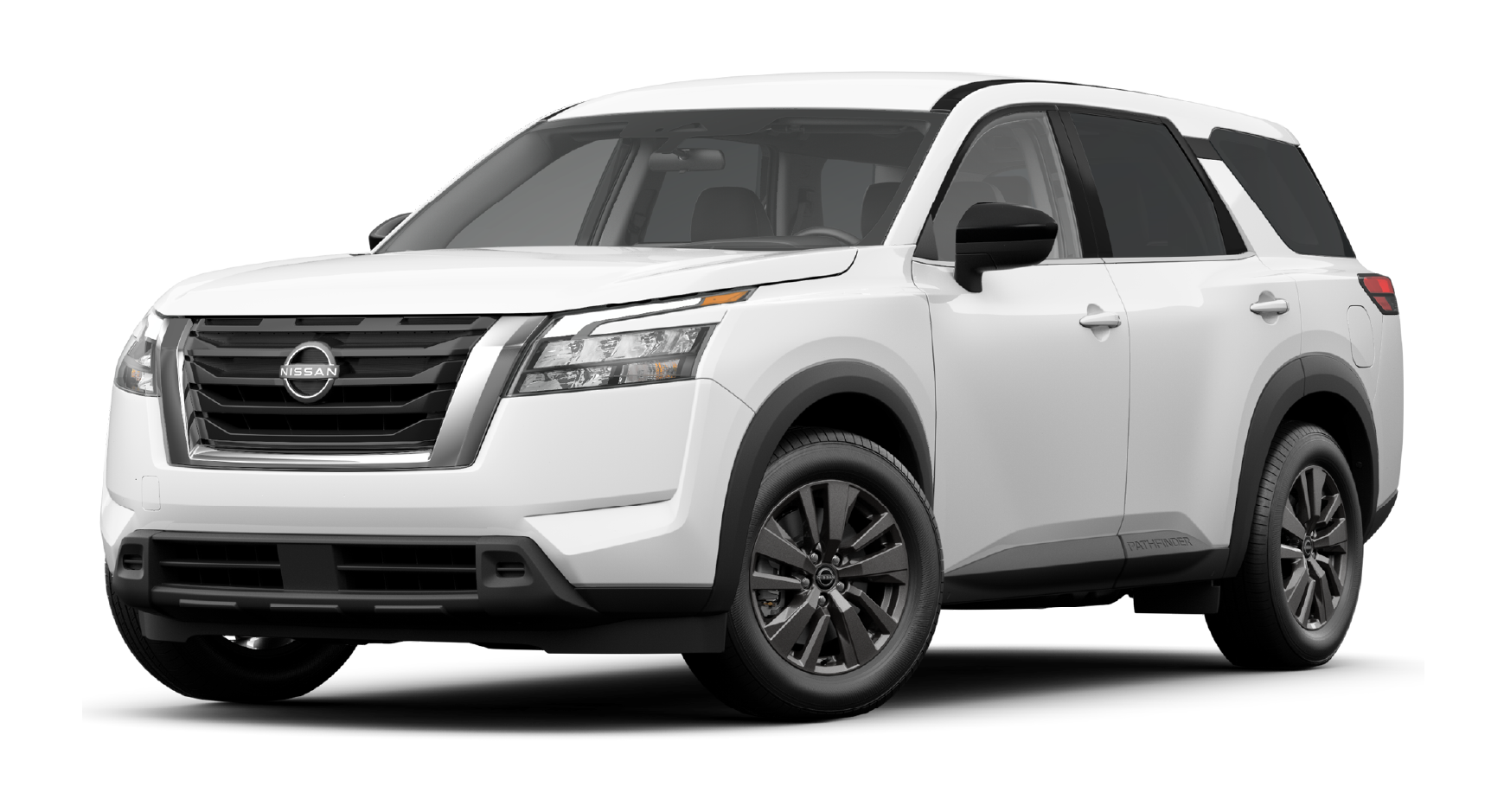
Honda CR-V AWD
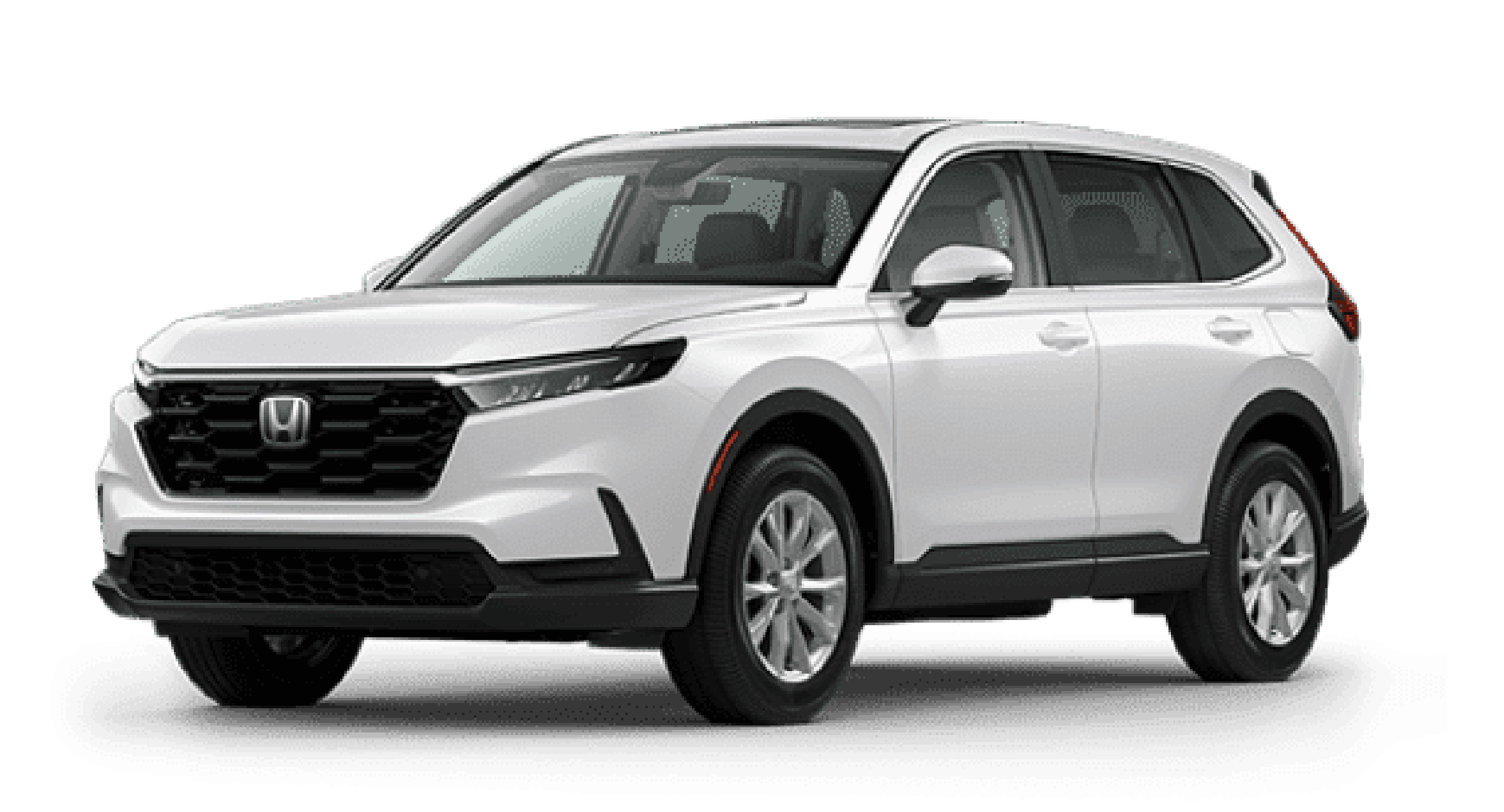
Subaru Forester
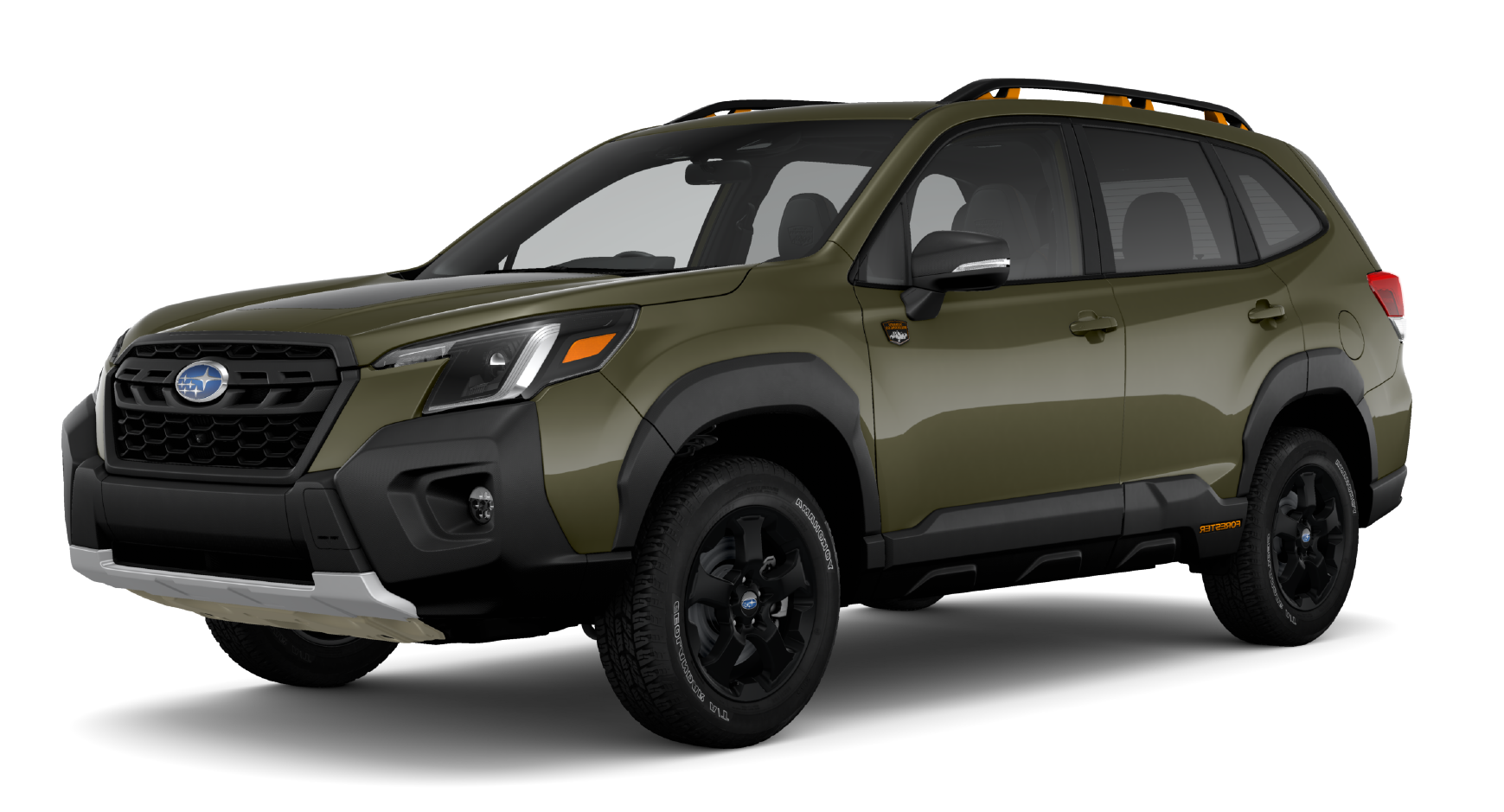
View our list of the cheapest SUVs to insure in Canada.
Best Sedans For Winter
If you prefer a traditional passenger car instead of a big one like an SUV or Truck, you can find several sedans on the market that fit your winter driving needs. Today’s best winter sedans perform well in classic winter conditions like snow-covered roads, icy bridges, and strong winds. All in all, it provides a comfortable and pleasant experience when driving in snow. Below are some excellent options:
Ford Fusion
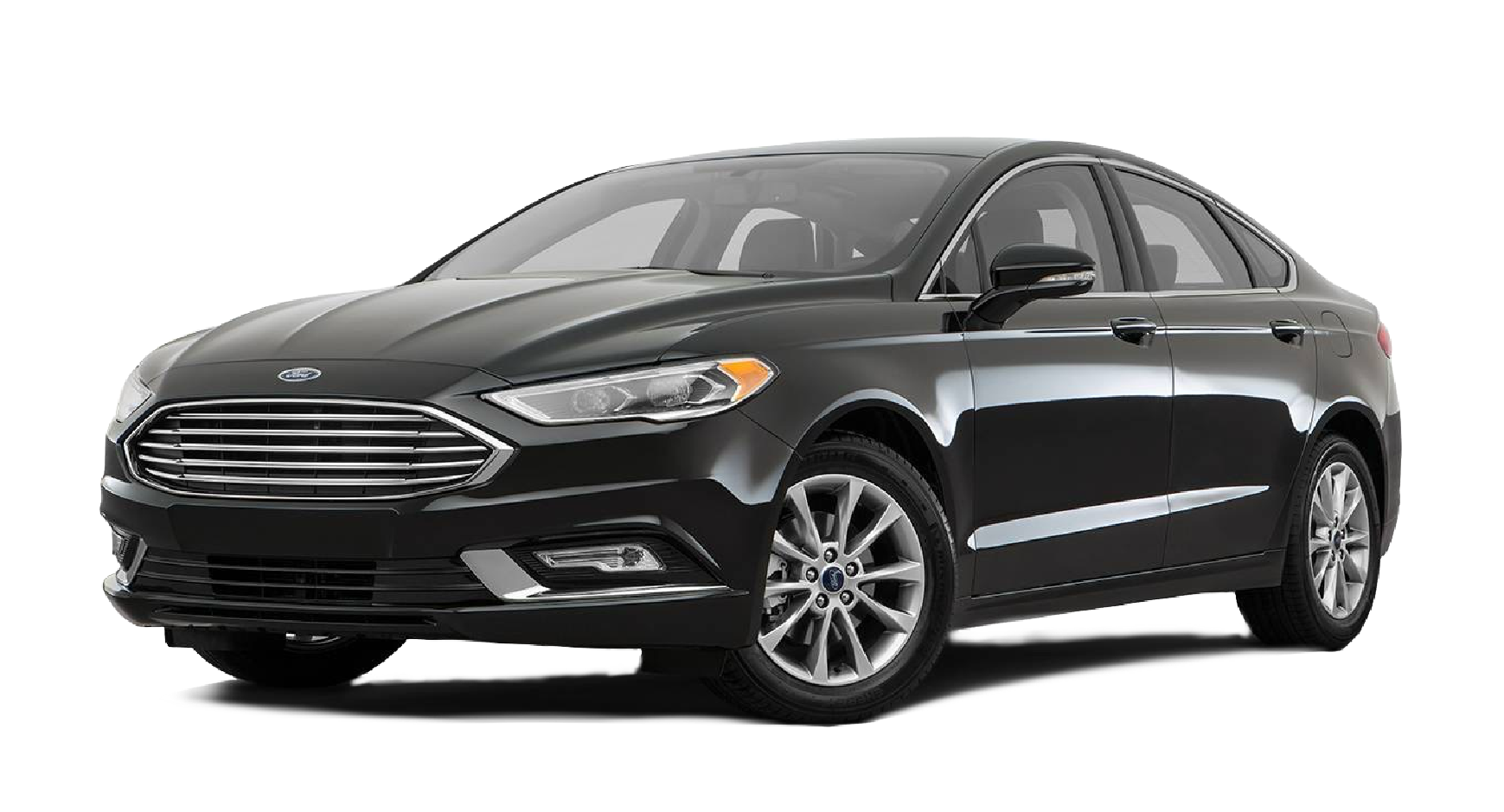
Audi A4
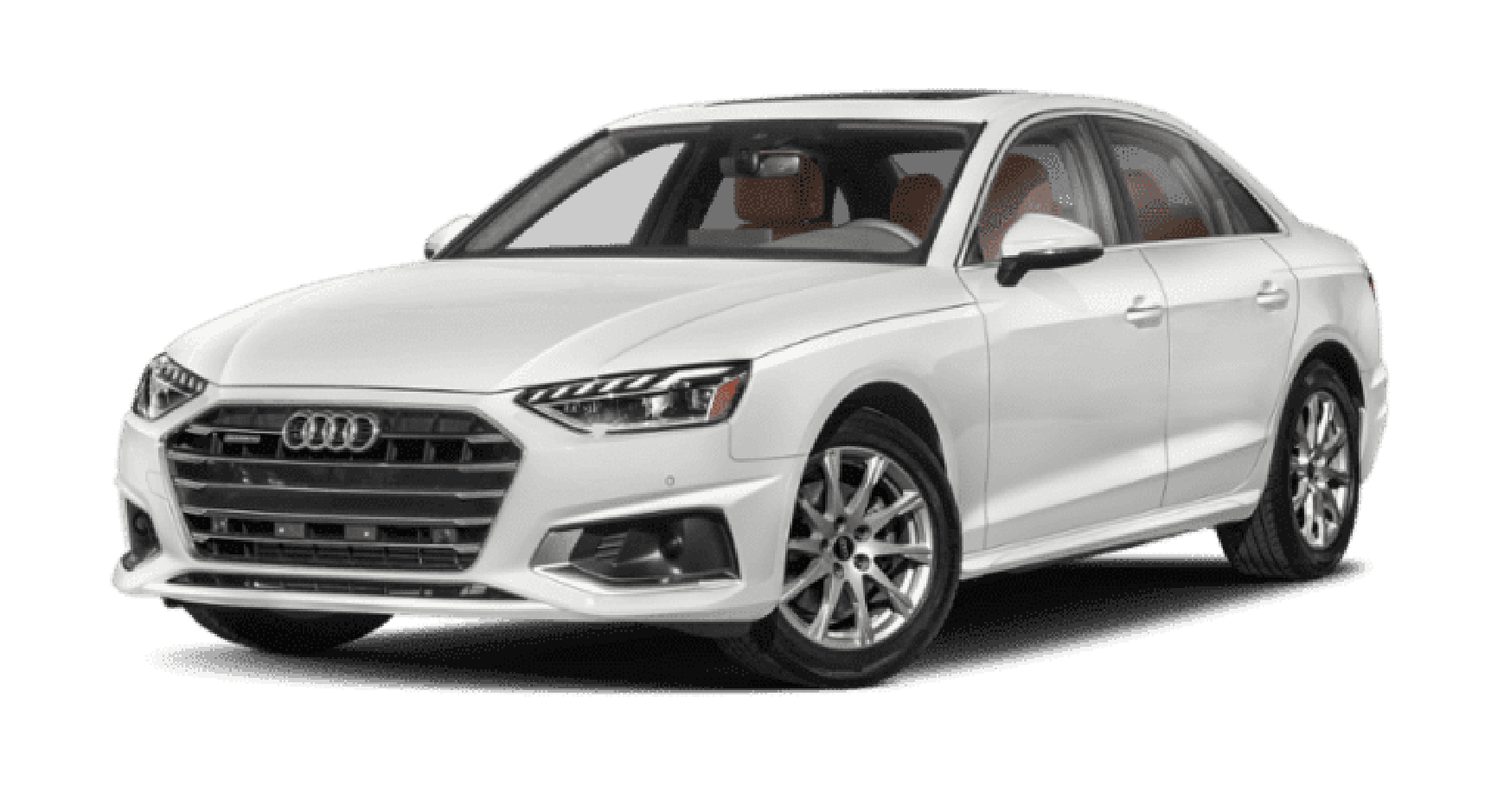
Subaru WRX
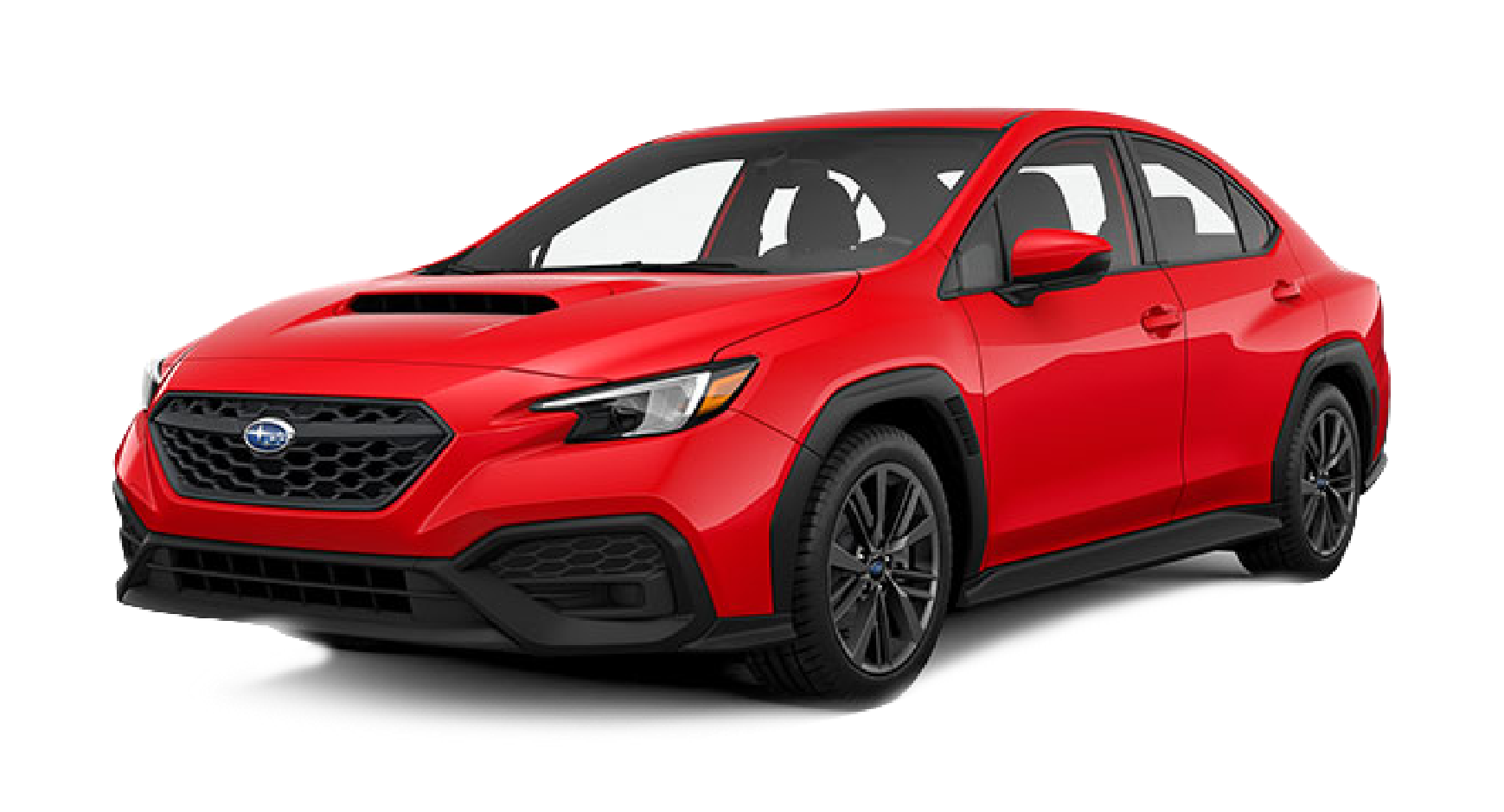
View our list of the cheapest cars to insure in Ontario.
Factors to Consider When Choosing a Winter Car
Before we start talking about specific models, let’s look at the most important factors when shopping for a winter car. There are three key features you need to be on the lookout for:
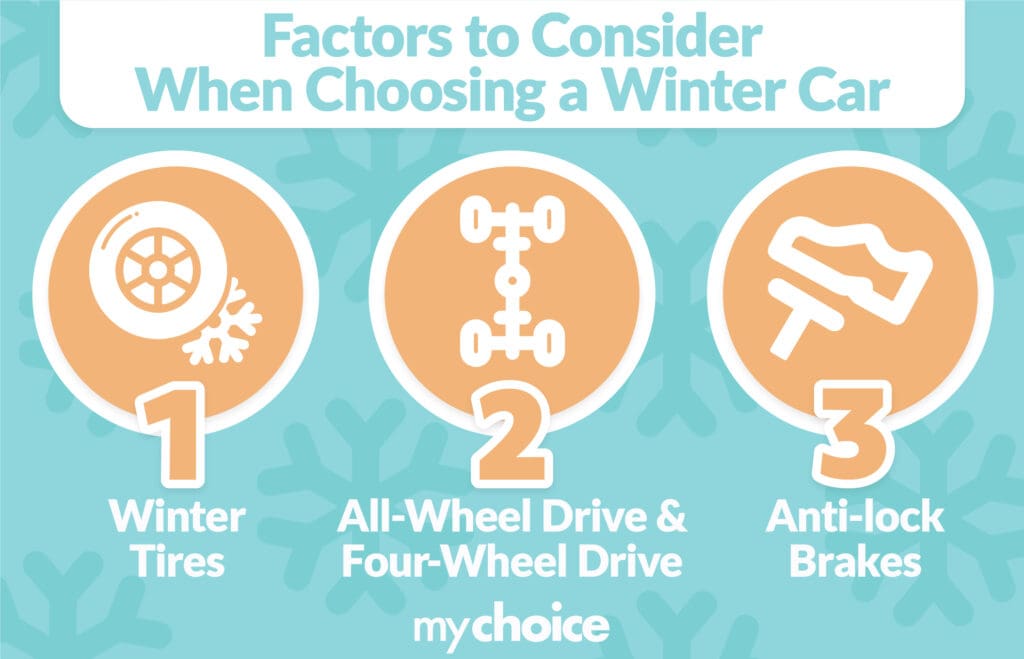
Tips For Driving in The Snow
Driving in snow can be challenging, but you can get to an expert level with your snow-driving by following some simple tips and advice outlined below.








